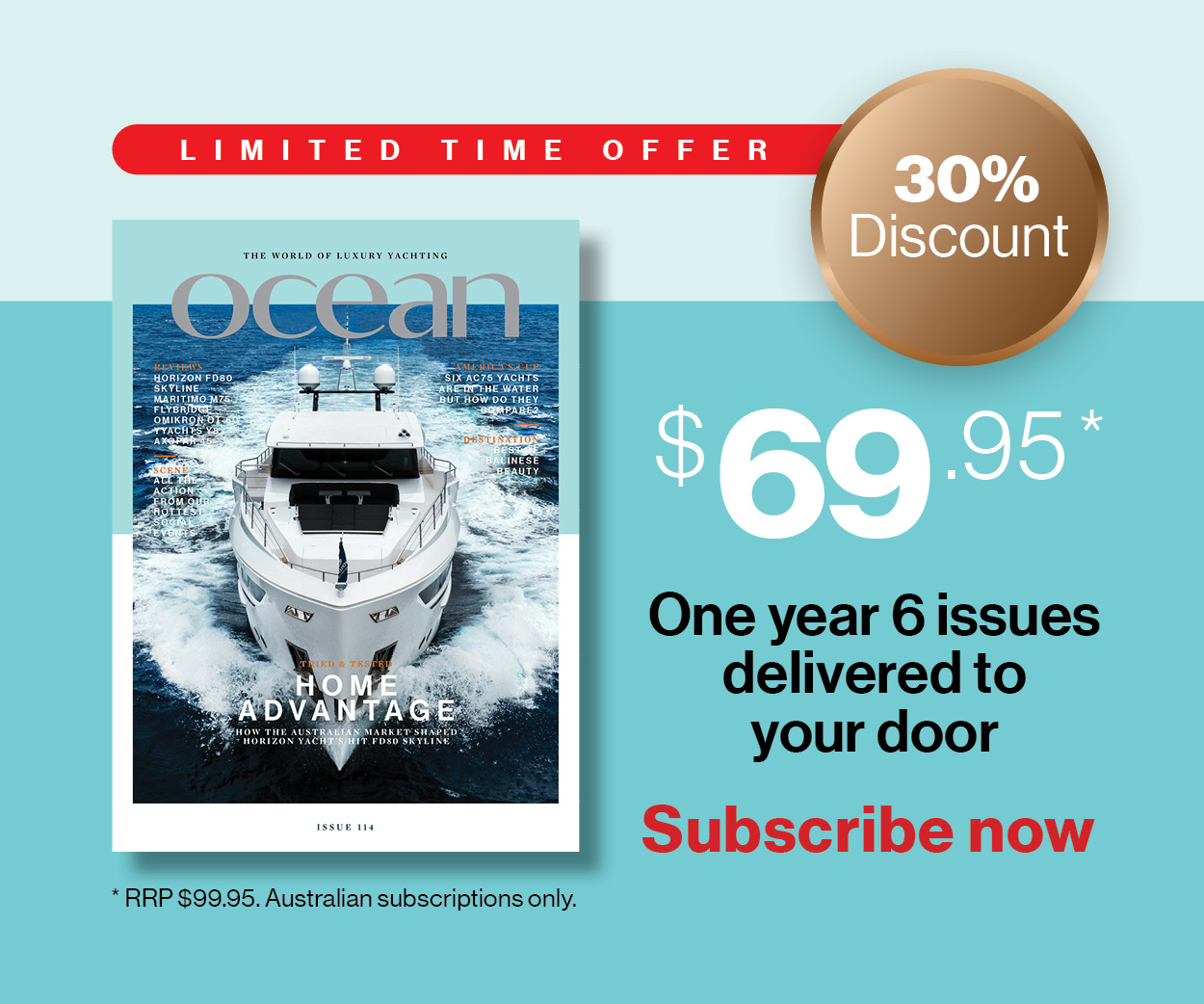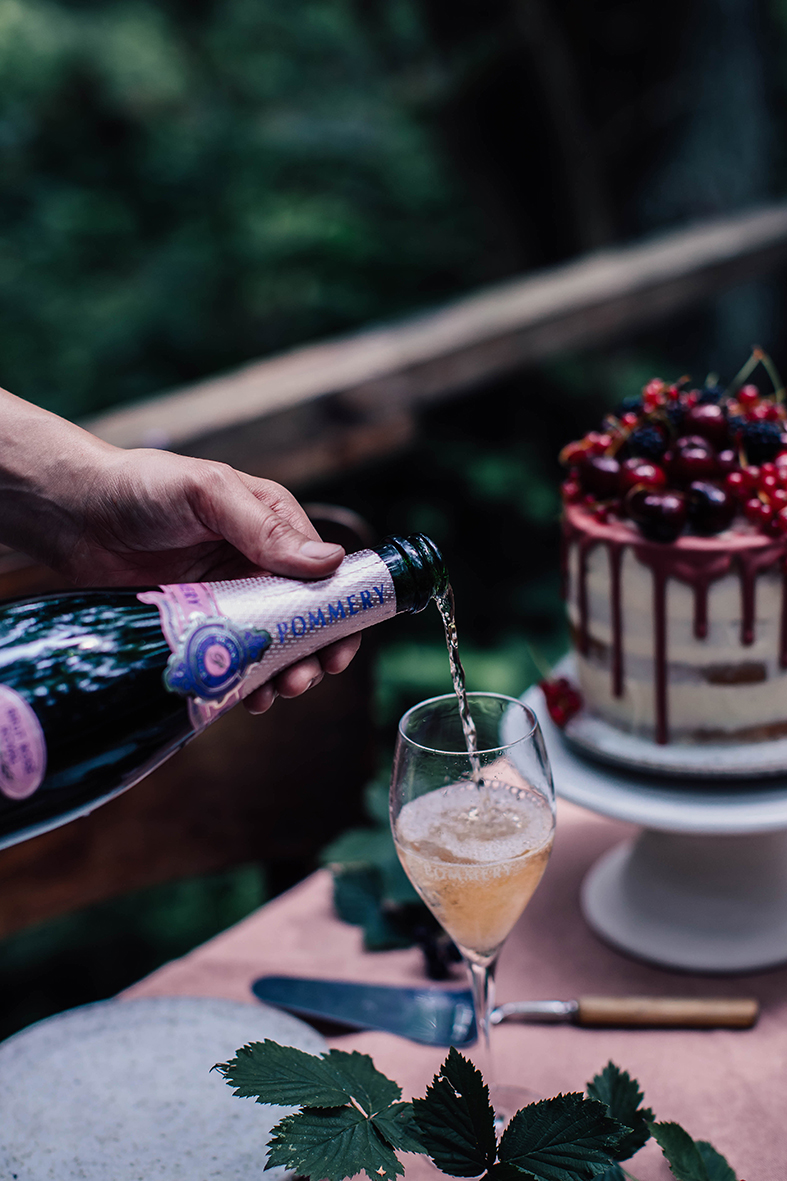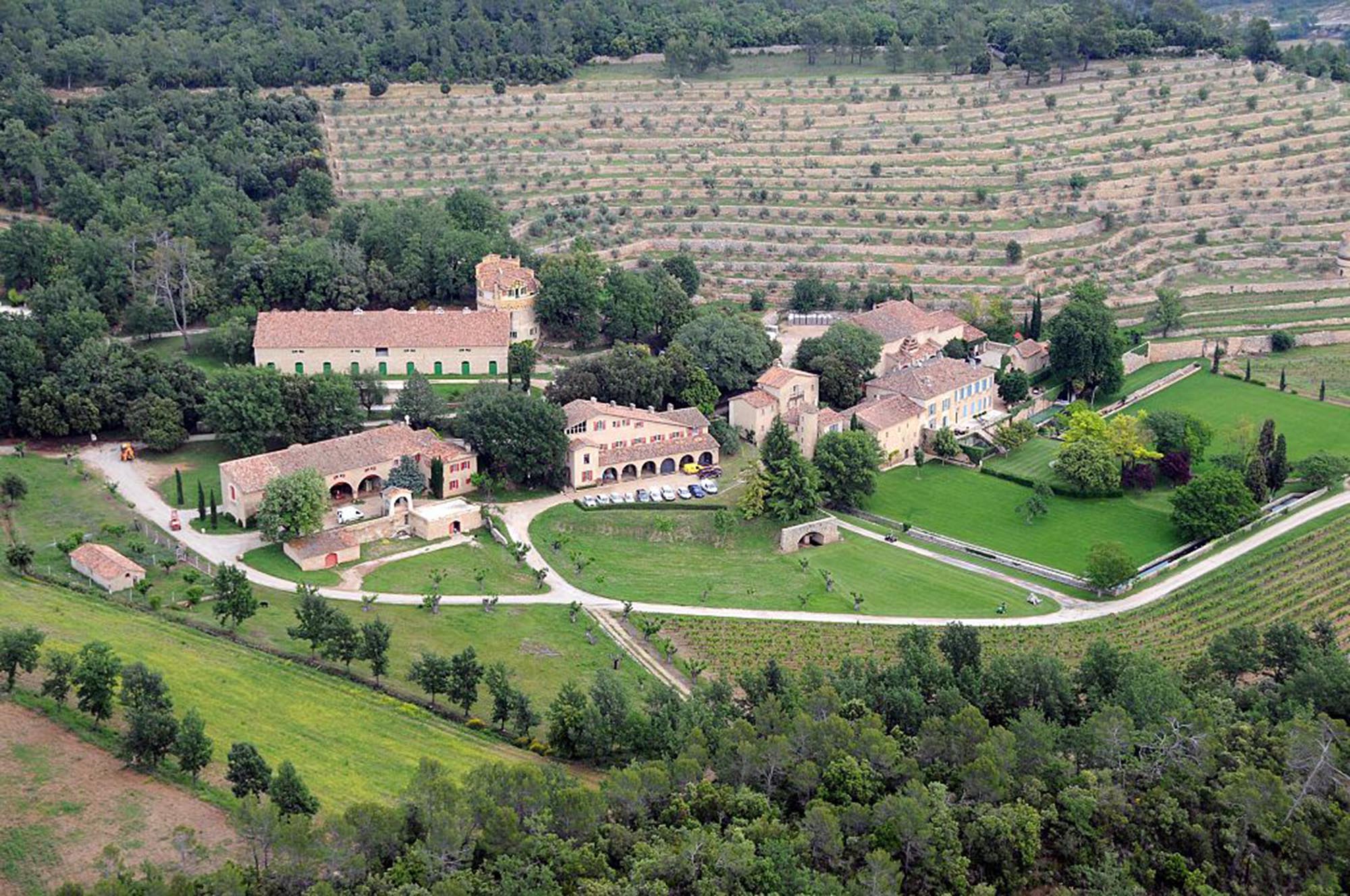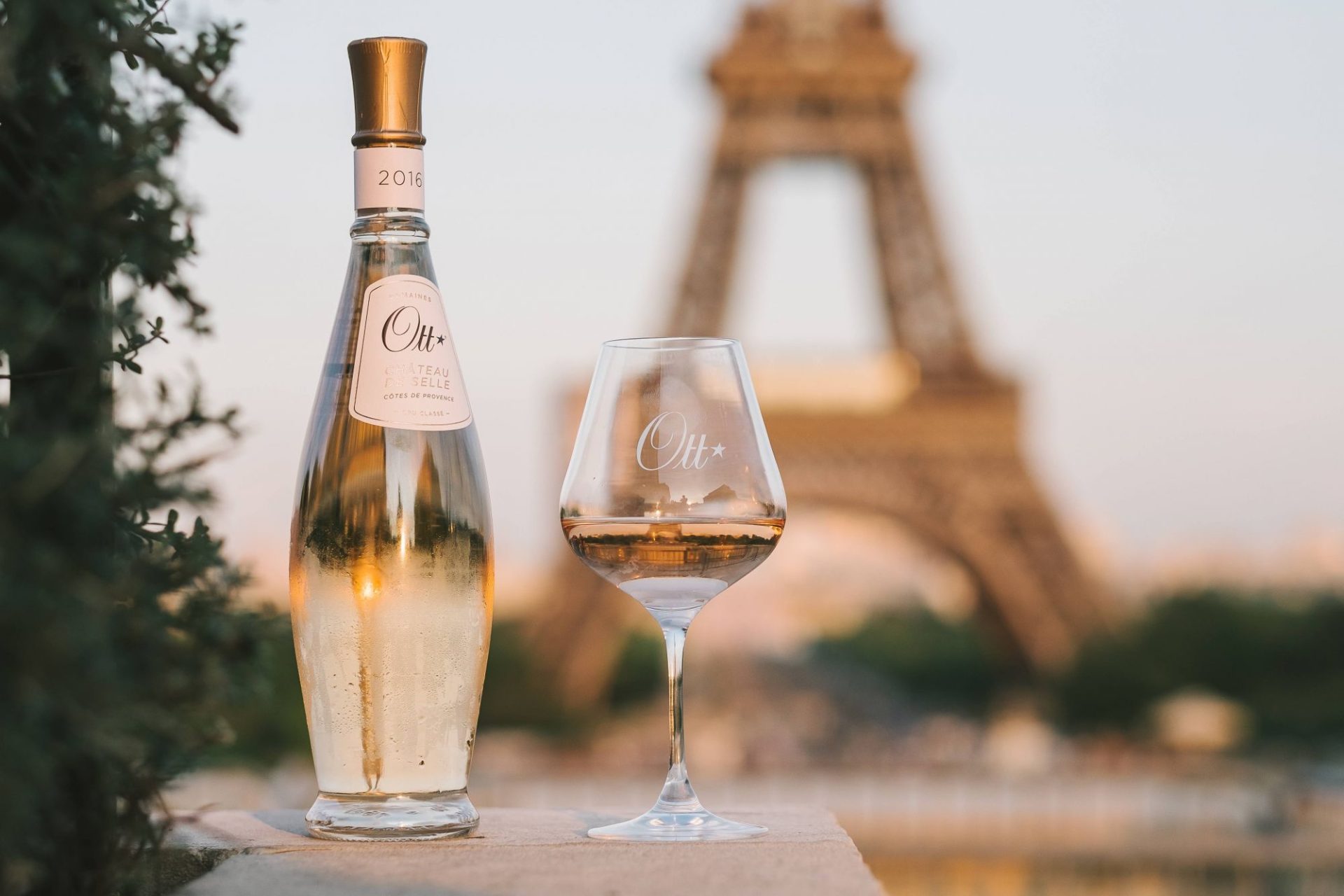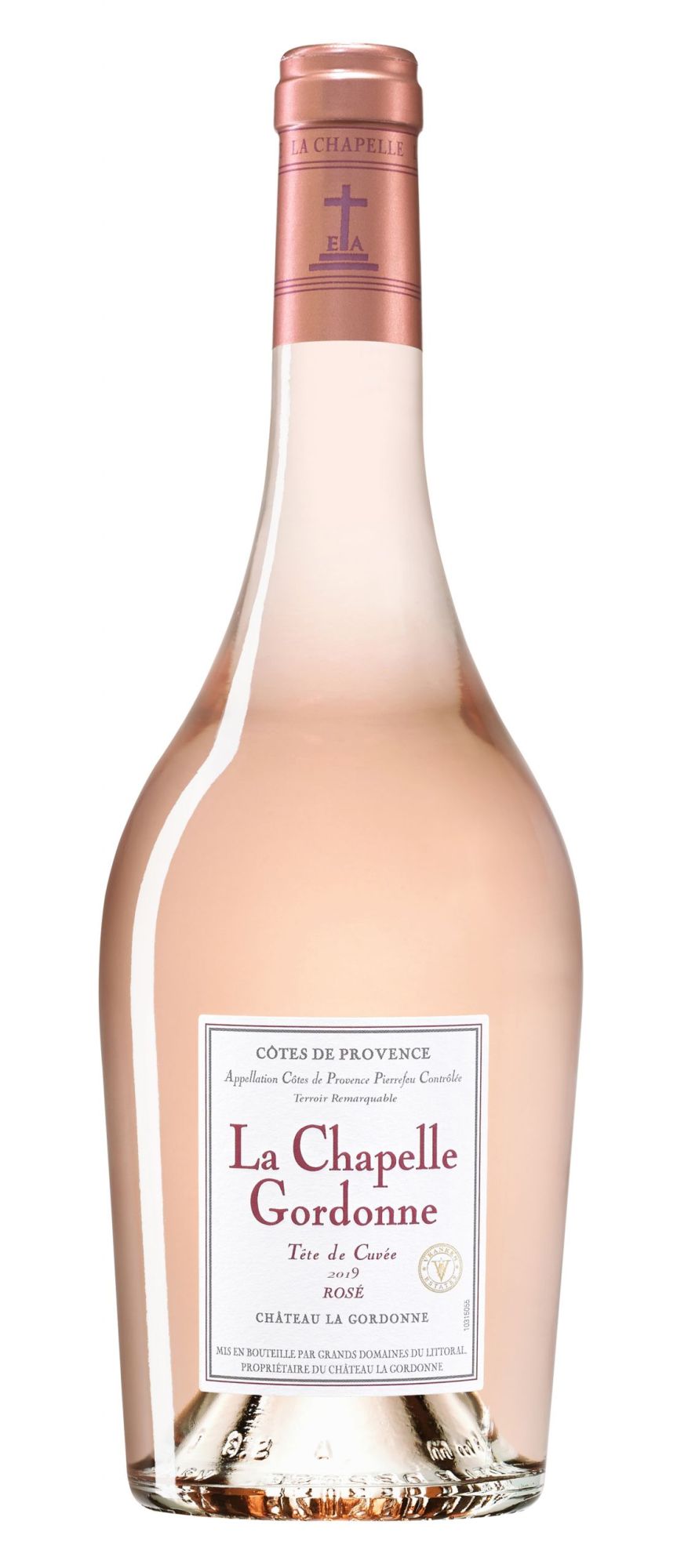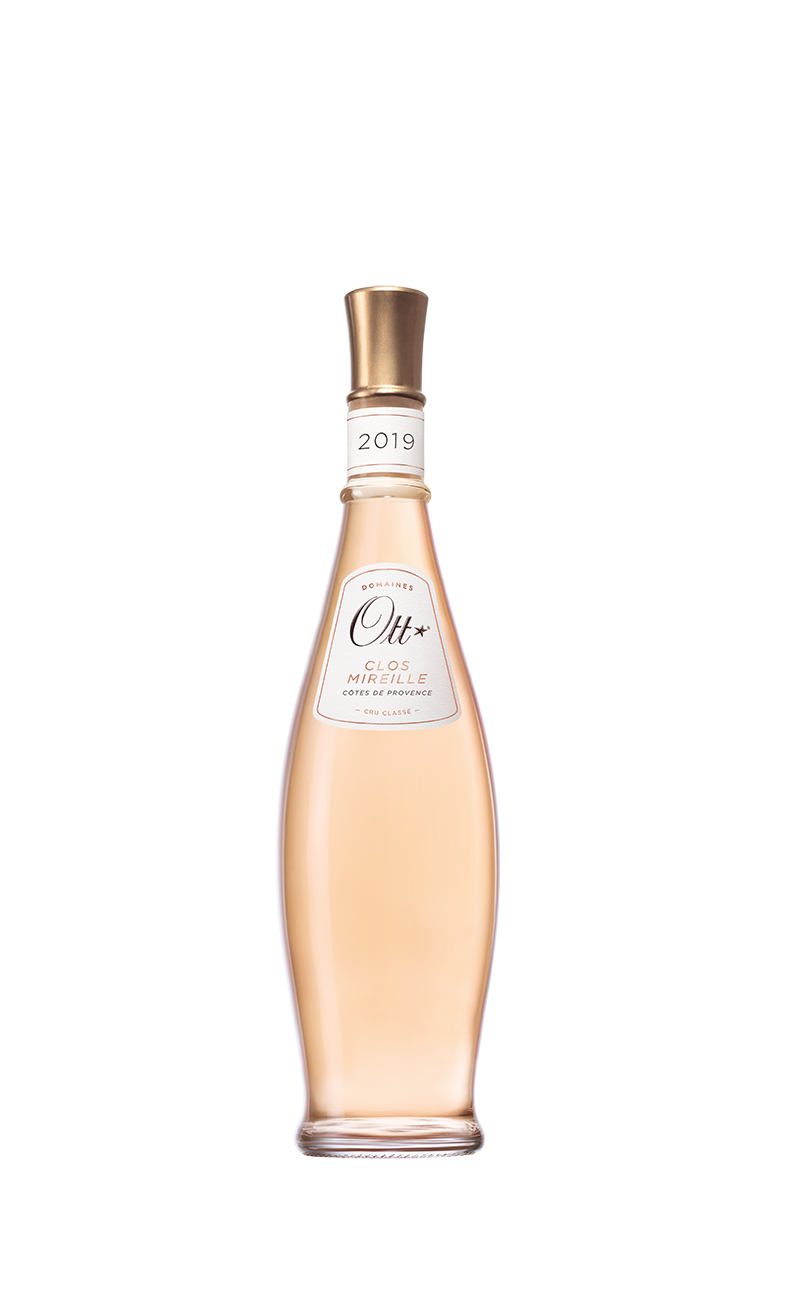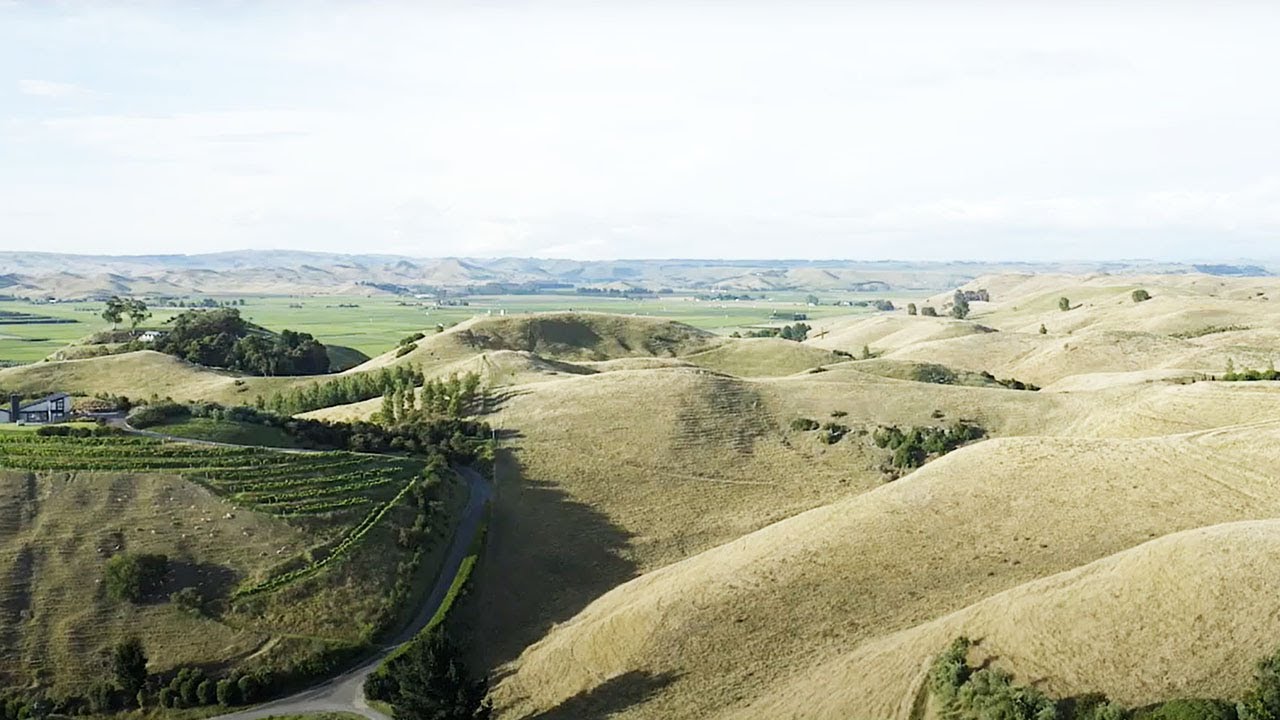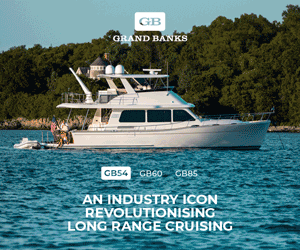Blushing Beauty
Though it hasn’t always been the case, few wine styles are more in demand right now than rosé.
Written by Ken Gargett
02 February 2022
On a warm summer’s day, served chilled with the condensation slowly trialling the opaque glass, nothing quite evokes lazy summer days by the Mediterranean like rosé.
There was a time when rosé was generally sold at the cellar door to patrons who were more likely to be swept up in the moment than the quality in their glass, and restaurants and retailers simply didn’t bother with it.
Australian rosé was, to be honest, pretty ordinary. Usually made from whatever was left over from the serious wines, it was often too sweet and a little clumsy, struggling for balance, and the colour was often only a shade under that of the big, bold reds.
Things have certainly changed – what’s not to love about Aussie rosé now? Sure, some dinosaurs still lurk at the cellar door, more interested in a buck than a bang, but we now have elegant, dry examples that are full of flavour, are nicely balanced and usually represent great value.
So, what happened? Let me digress briefly.
A decade ago, happily pottering around the wineries of Europe, I was due to finish the trip by catching up with some great friends for a few days on their boat in the Mediterranean. (Yes, tough gig.) Anyway, the very day I arrived, Eyjafjallajökull happened. The name may not ring a bell – after all, no-one can pronounce it, let alone spell it – but you may recall instead the volcano in Iceland that erupted, putting an immediate halt on all European air traffic for the best part of two weeks.
Chaotic, disruptive and incredibly inconvenient for many. But for me, it was the best silver lining ever; we were all stuck on their boat for those two weeks. It was heaven.
During this time, I regularly topped up the wine supplies, and we found ourselves leaning more and more toward those outstanding rosés found around the Med. Hardly the first to discover those fantastic rosés, we still enjoyed exploring their nuances.
For years, I have heard the question – how come the rosé in southern France is so perfect when ours is not? Why can’t we make wines like that or, at the very least, why are those rosés not imported in far greater numbers?
How many tourists to the south of France or nearby regions of Italy come back raving about a fresh glass of rosé, dripping in condensation, enjoyed with a simple dish in a small café? Unforgettable.
The popularity of celebrity rosés has no doubt boosted the profile of these wines around the globe, too.
Most famous is Chateau Miraval, a project from Brad Pitt and Blushing beauty Reclining in the sun with a glass of fresh, chilled rosé was our afternoon ritual. Angelina Jolie.
Who knows if they’re both still involved, but regardless, it’s a very impressive rosé achieved with winemaking assistance from the Perrin family from Chateau de Beaucastel, who make some superb rosés under their own name.
Other celebs involved to a greater or lesser extent in producing rosé include John Malkovich, Sarah Jessica Parker, Kylie Minogue, John Legend and Jon Bon Jovi.
Today, innovative Australian winemakers are offering some stunning examples. A range of winemaking methods has been adopted, and less traditional regions have been explored.
Opting for quality fruit, winemakers are using varieties that have worked so well overseas – grenache, mourvedre, shiraz and pinot noir among others. While a move to bone-dry styles ensures the wines are balanced, vibrant and fresh. All up, hot pink and lurid purple colours have been replaced by delicate, pale hues (rosé moved from the brothels to the ballet) and bold, thumper flavours have given way to elegance and finesse.
Many importers have also made an effort to seek out the better offerings from a myriad of varieties and regions. Sure, they’re not as cheap as they were on holiday, but they’re still great value.
Provence, in southeast France, is perhaps the most famous wine region. More than half its wine production is rosé, with Côtes de Provence providing the majority. Bandol is another star. In varying amounts, the varieties used include carignan, mourvedre (especially important in Bandol), grenache, cinsault and tibouren, with cabernet sauvignon and syrah making an appearance in some places.
Of course, the Med is not the only place that makes good rosé, either in France or Italy. Marsannay in Burgundy makes cracking rosé from pinot noir and the Anjou region in the Loire has a range.
Graves is represented, too, and there’s even a tiny amount of still rosé made in Champagne under the rosé des Riceys banner. Following are some notes on terrific rosés from France and Italy that can be found here. There are also a few local recommendations – all of varying styles – to share the love.
It’s also worth looking out for contenders from Charlie Melton, Luke Lambert, Soumah, Tahbilk, Cullen, Castagna, Turkey Flat, Dominique Portet, de Bortoli, Pannell and Freeman, but there are many more. Finally, I’ve thrown in a couple of sparklers for good measure.
La Chapelle Gordonne Rosé 2019
Ample and balanced. Sensations of freshness, delicacy and sweetness. Bursting with small, fresh fruits. The long and pleasant finale expresses the finesse and flavour of a wild strawberry sorbet.
Famille Perrin Reserve Côtes du Rhone 2018
Miraval – the team behind the Brangelina rosé – has stunners of their own. Find gentle pink notes here. Spices, thistles, herbs, warm earth, a hint of mushroom and garden compost (in a good way). Good complexity. The bright acidity carries it nicely. With a clean, fresh finish, at $160, this will make any occasion special.
Triennes Rosé 2019
From Nans-lesPins, a commune in Provence, this has plenty of pink for $25. Dry herbs, red berries, spices, florals. Lovely texture and medium length. Clean and fresh. Perhaps not completely bone dry, or perhaps it just gives that impression from the creamy texture.
Antinori Santa Christina Rosato Toscana 2018
From Italy; a different style. The colour is a much more vibrant, bold pink. There are dry herbs, spices, strawberries. A slightly broader effort. Simple and lots of fun for $20, the flavours are very much upfront.
Rabbit Ranch Rosé 2020
Made from pinot noir from the Central Otago region in the South Island of New Zealand. Quite a pale pink, it’s a good new antipodean rosé. Pungent aromatics. Clean, forward, balanced. A style that lingers; modern and elegant. Delicious and good value at $25.
Domaine Ott Rosé Clos Mireille 2019
From the Côtes de Provence, considered one of the world’s great rosés and possibly the very first prestige rosé made. A blend of grenache, cinsault and syrah from the Mireille vineyard, planted in 1936. Seamless at $75. The palest of hues hide some intense flavours, yet balance and delicacy are maintained throughout. Clean acidity; strawberries and peaches; lovely dry finish.
Domaine Ott Chateau Romassan 2018
The palest of colours. Deep sunlight. It’s no surprise the founder’s dream was a winery near the Meditteranean. Lovely, lifted aromatics. Ripe with spices, some strawberries and more. Delightfully elegant and subtle. Appealing soft texture. Flick of acidity. At $75, this is absolutely perfect with a crab salad.
Longview Nebbiolo Rosato 2020
From the Adelaide Hills region, Longview has used nebbiolo to make a delicious rosé for quite a few years. Pale salmon in colour. Enticing lifted aromatics with spices, florals – notably rose petals – and red berries. Balanced and clean, with good persistence. Flick of acidity. Fresh and a joy to drink. A really good Aussie rosé and a good buy at $25.
Louis Bouillot Perle d’Aurore Rose Brut
From the Crémant de Bourgogne region, hence made from pinot noir, a pleasing sunset-pink. Soft florals, marzipan notes and strawberries. With medium length, it may be simple, but it will definitely be fun to drink over summer ($35).
Pommery NV Champagne Brut Rosé
Young, fresh and full of lovely berry notes. Think raspberries, strawberries and more. There’s a decent length; juicy flavours. At $95, it may not be overly complex but it is a pleasure to drink nonetheless.


